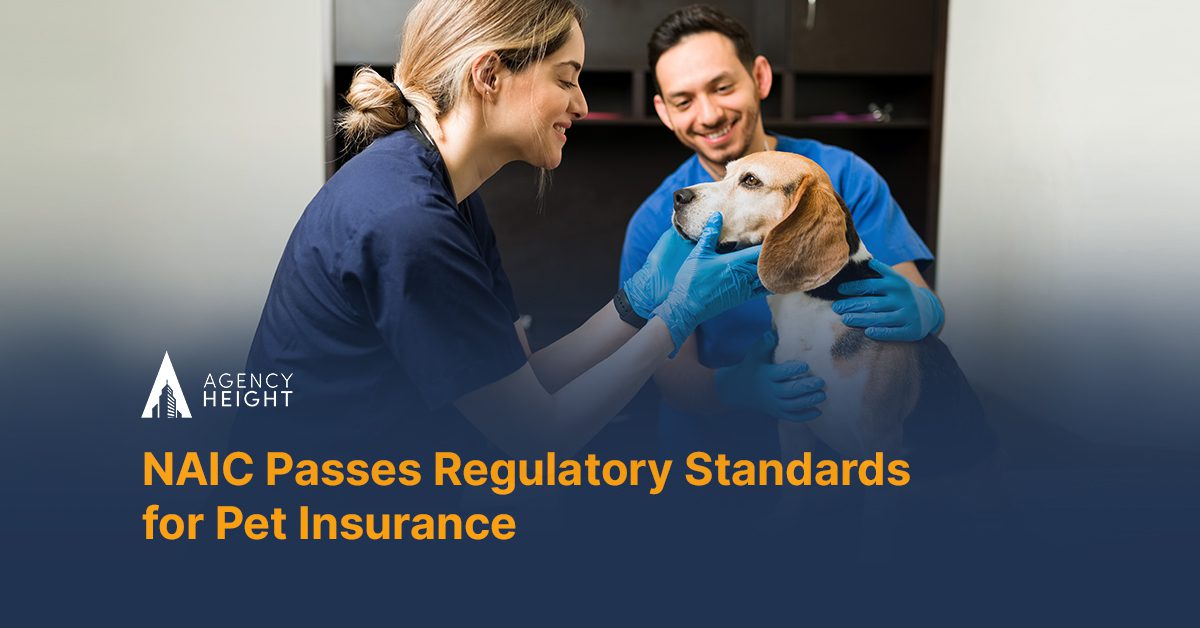NAIC Passes Regulatory Standards for Pet Insurance

The National Association of Insurance Commissioners (NAIC) passed the Pet Insurance Model Act this week. The new regulation was prompted by a significant increase in annual premiums of approximately $2.8 billion in total in-force premiums in 2021 and the introduction of new policies in the United States.
The law mandates guidelines for the sales process as well as specific disclosures for potential policyholders. Insurance agents who sell pet insurance must keep in mind that the new regulations take into account four essential factors:
Protections for consumers: The model law offers a number of protections for consumers in relation to policy renewals, mandated waiting period disclosures, policy limits, conditions, benefit schedules, and more. It also requires insurance brokers to provide customers with complete information so they may choose the right coverage.
Preexisting conditions: It regulates the ways in which insurers can reject claims for pet insurance based on the preexisting conditions of covered animals. It places the onus of proof on the insurance company to demonstrate that the preexisting condition restriction is applicable.
Wellness programs: In order to prevent confusion for customers, the model law requires insurance agents and carriers to clearly distinguish pet wellness programs from insurance policies.
Standards for training: To make sure that agents are adequately equipped to give customers the information they need, training requirements have been adopted.
It should be noted that NAIC lacks legislative authority and is instead a regulatory assistance group led by chief insurance regulators from all 50 states, the District of Columbia, and five U.S. territories. The NAIC can issue model legislation, but as states are the only ones who can regulate insurance-related goods and services, states are free to adopt, amend, or do without them.





